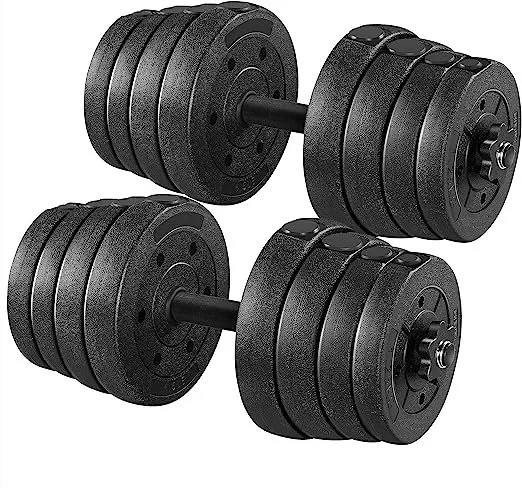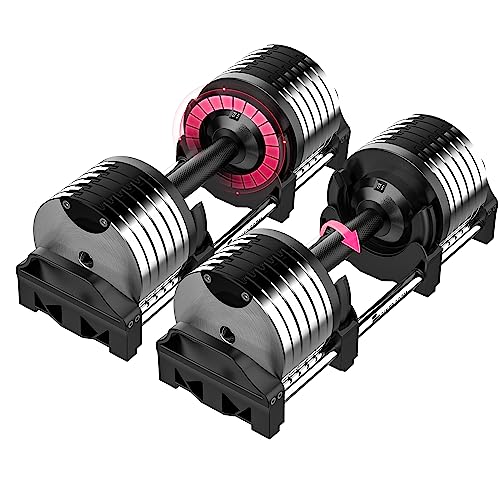Research on weightlifting programs suggests that older individuals who lift lighter weights at higher speeds increase their muscle power and functionality to a greater extent compared to those who lift heavier weights at slower speeds.
In a pilot study at the Missouri University School of Health, researchers compared vascular function in two groups of older individuals before and after 16 weeks of weightlifting. One group completed high-speed power training with lighter weights while the other group focused on lifting heavier weights at slower speeds.
The group lifting lighter weights at faster speeds has more improved vascular function compared to the group lifting heavier weights.
Strength is the body's ability to produce force, but power is the ability to produce that force quickly, which is why a speed component is helpful in increasing muscle power.
Training with lighter weights and higher speeds doesn't generate as much of a blood pressure response during exercise, whereas traininng with heavy weights causes a spike in blood pressure really rises, which can lead to stiffer blood vessels and restricted blood flow to organs and tissues.
Since the risk of cardiovascular disease increases for adults over 65, high speed power training can help maintain heart and blood health as well as joint and limb health.



